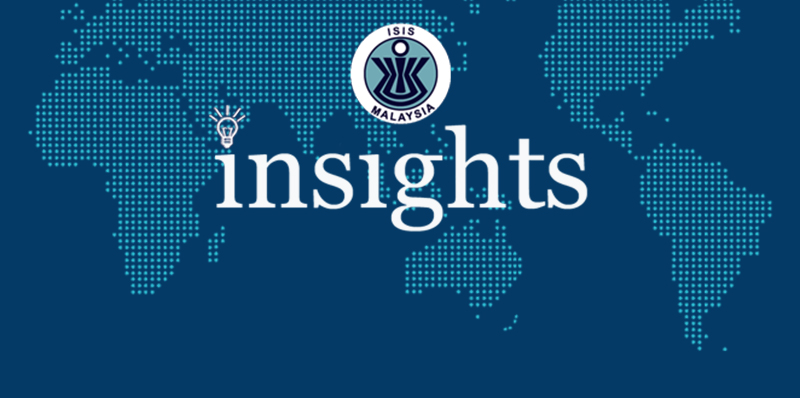Security and strategic forum should shed ‘exclusive’ image by strengthening people-to-people connectivity
THE Quad fellowship was launched in May 2022 during the fourth Quadrilateral Security Dialogue Leaders’ Summit. This initiative seeks to bring 100 students from Quad countries (Australia, India, Japan and the United States) to the US each year to pursue graduate degrees in science, technology, engineering and mathematics (STEM).
The goal is to build a cohort of next-generation STEM experts who will lead in cutting-edge research and innovation. Only citizens or legal permanent residents of Australia, India, Japan, and the US are eligible for the fellowship.
The fellowship, besides being a high-valued education grant, guarantees the recipient a unique combination of financial benefits, cross-cultural exchange, networking and content programming.
Could this recently accelerated initiative be Asean’s best segue for cooperation with the Quad? Are education cooperation and people-to-people connectivity the best long-term “public goods” that the Quad can deliver to Southeast Asia? Perhaps, yes.
Not only would Asean be actively pursuing the connectivity aspect of the Asean Outlook on the Indo-Pacific (AOIP), but the Quad could also finally establish a solid means of cooperation with the former and ensure that the currently “exclusive” fellowship is widened to other partners.
For Asean, this is a relatively “safer and easier” area of cooperation with the Quad, at a time where there isn’t a collective view, stance or approach to the mini-lateral grouping.
According to the State of Southeast Asia 2022 survey report published by the Asean Studies Centre at ISEAS-Yusof Ishak Institute, the US remains the region’s top preference for tertiary education and the most popular destination for tertiary education among five Asean member states: Singapore, Myanmar, Vietnam, the Philippines and Malaysia.
For now, the existing and only initiative that brings Southeast Asian students to the US via the Asean framework is the Fulbright US-Asean visiting scholar award. This is not a fellowship or scholarship per se, but only a brief trip to the US for scholarly and professional research for three to four months.
For Asean, this could be a dual opportunity. One, Asean can finally take the opportunity to respond pragmatically and strategically to the Quad. Besides driving the AOIP agenda, Asean can look to be in the driver’s seat when framing cooperation terms with the Quad and cease relying on safe, generic and superficial diplomacy.
Asean can accelerate its “connecting the connectivity” AOIP objective and work towards “people-to-people connectivity, through cooperation, collaboration and exchanges between the academe”. More importantly, participating in a Quad fellowship “plus” or a similar framework will benefit Asean citizens and Asean can help deliver on these public goods.
For the Quad, cooperation on this front with Asean will earn it major brownie points – for the lack of a better phrase. Not only will it reinforce the Quad’s holistic commitment to the region and of course, the buzz phrase, “Asean centrality”, it will reiterate its existence as being “more than just a posh China containment strategy” with its “public goods agenda”.
Expanding the fellowship would also promote diversity and contribute to its long-term sustainability. Hence, for this informal grouping that is slowly gaining prominence in the region as a multi-faceted mini-lateral mechanism, mobilising a more inclusive Quad fellowship “plus” will contribute greatly to managing perceptions and expectations of partners in Southeast Asia.
The Quad’s unique focus on people-to-people connectivity through education and the decision to launch the Quad fellowship is an opportunity for Asean to engage with this grouping along the lines of a similar type of education cooperation framework. It is also an opportunity for the Quad to advance its “inclusive” agenda and engage meaningfully with Southeast Asia. Both Asean and the Quad will have clear gains in terms of benefits and optics.
The Quad’s “public goods agenda”, which has taken shape more prominently in the last year with its keen focus on areas such as climate, vaccine and now, education cooperation, has made it strategically easier to work with like-minded partners. Asean must capitalise on this momentum and take a more proactive approach to the Quad even if it just starts at the people-to-people level.





